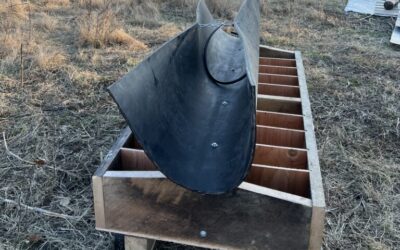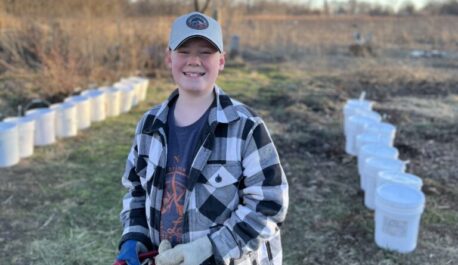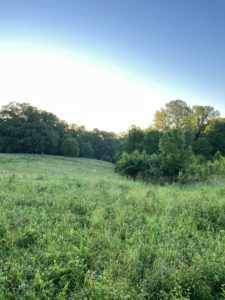
Boosting Sheep Health and Meat Quality with Free Choice Minerals
“Minerals are the spark plugs of life.” — Dr. Linus Pauling
“You are what you eat eats.” — Michael Pollan
“Minerals are the cofactors that make our cellular machinery run; without them, our biochemistry simply doesn’t work.” — Dr. Casey Means
At our farm, we are always looking for ways to improve the health and well-being of our sheep while also delivering the highest quality products to our customers. That’s why we recently invested in the 20-mineral feeder from Free Choice Minerals. This carefully formulated supplement provides our flock with essential nutrients that promote optimal health, growth, and vitality. But what does that mean for our customers? Better quality, nutrient-rich meat that is both delicious and wholesome.
Why Minerals Matter
Sheep, like all animals, require a balanced intake of minerals and vitamins to maintain their overall health. Deficiencies in key nutrients can lead to poor growth, weakened immune systems, and lower-quality meat. With the 20-mineral feeder, our sheep can choose the precise nutrients they need, ensuring they grow strong, stay healthy, and produce superior meat.
The Key Nutrients and Their Benefits
This mineral feeder includes a comprehensive blend of essential minerals and vitamins that work together to improve the well-being of our flock:
- Calcium & Phosphorus – Support strong bone development and muscle function.
- Iodine – Regulates metabolism through thyroid function.
- Magnesium – Enhances enzyme activation, aiding digestion and nerve function.
- Potassium – Maintains osmotic balance and aids in nutrient absorption.
- Silicon – Supports connective tissue, skin, and arterial health.
- Sodium – Essential for fluid balance and cellular function.
- Sulfur – Aids in amino acid and protein production.
- Vitamin C & B Complex – Boosts immune function, enhances iron absorption, and supports cell metabolism.
- Vitamins A, D & E – Support vision, bone strength, and act as powerful antioxidants.
- Trace Elements (Copper, Zinc, Selenium, Manganese, etc.) – Play crucial roles in immune response, reproductive health, and muscle development.
The Impact on Meat Quality
A well-balanced diet translates directly into the quality of the meat we provide. With proper mineral supplementation:
- Our sheep are naturally healthier, reducing the need for medical interventions and ensuring a more natural, ethical farming process.
- The meat is richer in essential nutrients
A Commitment to Quality
By implementing the Free Choice Minerals program, we are reinforcing our commitment to raising healthy livestock and delivering premium meat to our customers. We believe that the best way to produce high-quality, nutritious food is by ensuring the well-being of our animals.
When you choose our farm’s lamb, you’re not just getting delicious meat—you’re getting a product raised with care and the best nutritional support available. Taste the difference that proper mineral nutrition makes and enjoy meat that’s as good for you as it is for the environment!

We’re also improving the soil by the sheep re-mineralizing the soil. “The soil is the stomach of the plant, and if we don’t feed the soil properly, it won’t be able to nourish the animals or us.” — Joel Salatin







